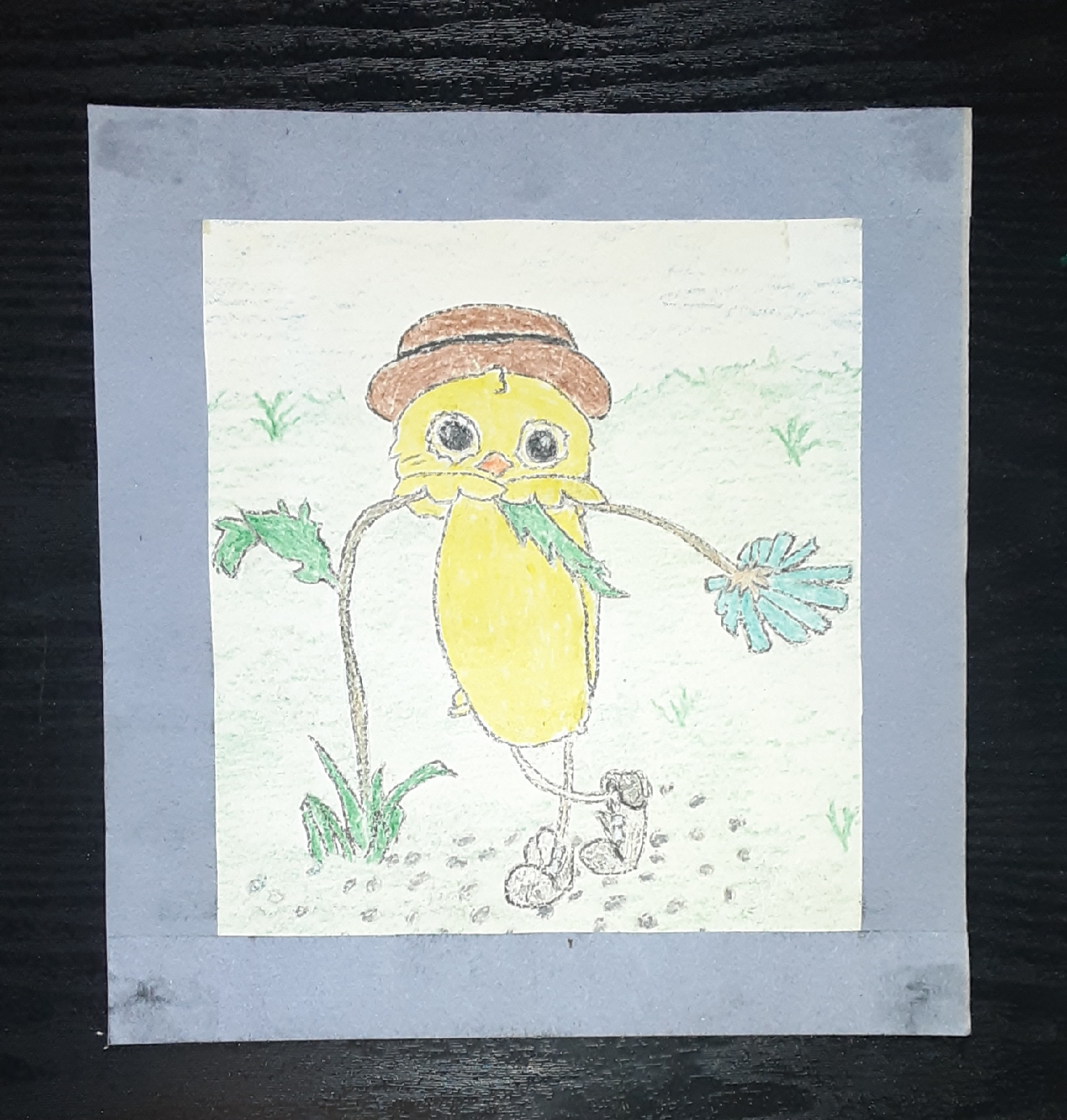 |
| Behind the scenes look at a Keds commercial for "Campus Hoopla", from Televiser, March 04, 1947. Image scan from worldradiohistory.com |
Campus Hoopla (debuted as Campus Sugar Bowl***) Aired: December 27, 1946 - December 19, 1947 Fridays at 8:00pm EST on WNBT New York. Seen on NBC's Eastern stations (only 6 in 1946)
Host: Lou Little. Sports Reporter: Bob Stanton Commercial Spokeswoman: Eva Marie Saint, Soda Shop Dancers: Carleton Carpenter, various.
The Hook: (what makes the series unique) This was the first television program geared to a teenage audience on an American television network. Some sources would say this was the first children's TV program after World War II.
75 years ago today, television audiences viewed a new program that was set in a campus soda shop. The program featured teens dancing to juke box music, cheerleader performances and playing quiz games. Bob Stanton would report on high school sports. Also a talented songwriter, Stanton worked under his real name Bob Haymes (1923-1989) beginning in the 1950s.
Woolery's history claims that this series premiered over WNBT on Friday, December 27, 1946. In TV listings for that date, the program in the 8:00pm time slot is called "Campus Sugar Bowl". The very next week, the series was called "Campus Hoopla" suggesting a last-minute name change.
The series was sponsored by the U.S. Rubber Company, parent corporation over Keds shoes. Keds shoes were among the products plugged to teens during the program. The U. S. Rubber Company also promoted other shows that may have appealed to young audiences like "Serving Thru' Science".
 |
| From Television magazine, March 1947 |
Unlike a majority of programs from television's pioneering era, footage of "Campus Hoopla" has survived as part of the Hubert Chain Kinescope collection. This footage from the October 3, 1947 broadcast was uploaded to YouTube in 2019 by the "Free The Kinescopes" channel.
Hopefully, a descendant of a cast member may uncover behind-the-scenes home movies of this landmark series. Classic television and film actress Eve Marie Saint (1924 - present) is one of the few surviving original cast members.
NOTES:
***The TV Listing for the premier of "Campus Hoopla" as "Campus Sugar Bowl" comes from The Daily Record (Long Branch, New Jersey), dated Fri, Dec 27, 1946 . This listing is accessible at https://www.newspapers.com/image/497437950
Woolery, George W. Children's Television, the first thirty-five years, 1946-1981, Part II: live, film and tape series. 1981. Scarecrow Press.


















